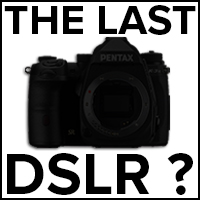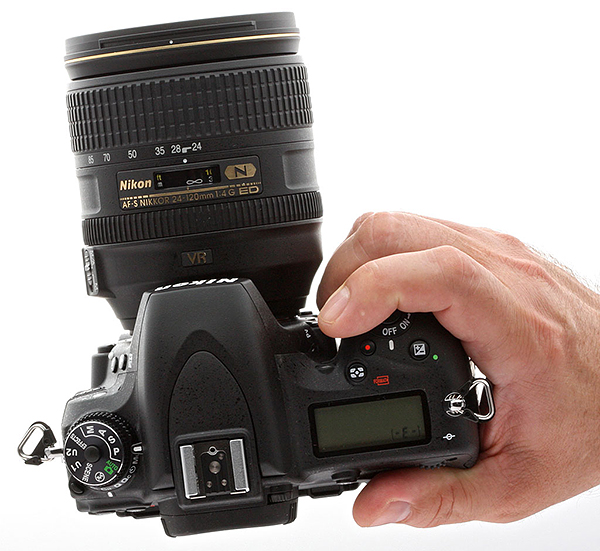Is the era of DSLR cameras coming to an end?
posted Tuesday, September 28, 2021 at 8:00 AM EDT
Wes Pitts, editorial director, Outdoor Photographer: Earlier this year, Sony quietly discontinued its last DSLR models. The newest of those models, the a99 II, was introduced in 2016. As one of the leading brands in the transition to mirrorless cameras, that's not necessarily a surprising move by Sony, but it's among the indicators that the days of traditional DSLRs are coming to an end.
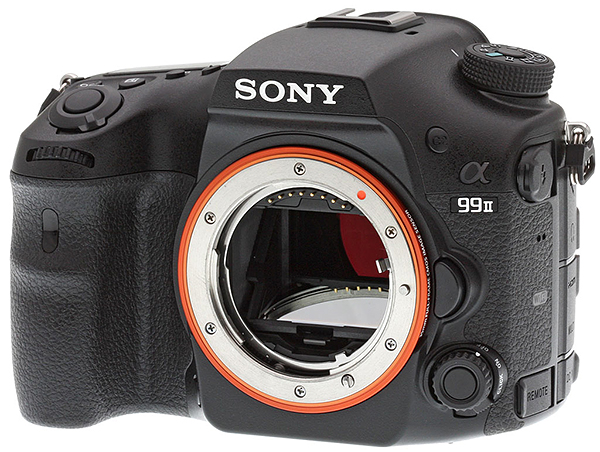
As we began work on our 2021 Editors' Picks awards for Outdoor Photographer, there was only one contender for our Best New DSLR of the year: the Pentax K-3 Mark III. While there are a few months left in the year at this point, and a surprise announcement could come, the trend is undeniable that the future is mirrorless.
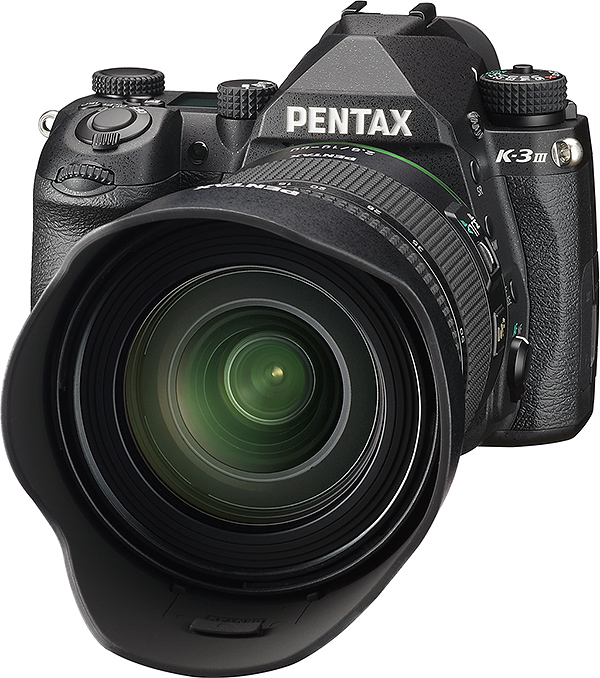
It got us thinking: Could this be the last DSLR? And if not, how far off is that? Canon and Nikon, with their massive base of DSLR users—and perhaps more importantly, DSLR lens users—have released new DSLR models over the last few years, but certainly not at the pace they used to. Canon, Nikon and Pentax are the only manufacturers who still make DSLRs. A look at the last few years of introductions in the U.S. market:
| 2021 | Pentax K-3 Mark III |
| 2020 | Canon EOS-1D X Mark III |
| 2020 | Canon EOS Rebel T8i |
| 2020 | Nikon D780 |
| 2019 | Canon EOS 90D |
| 2019 | Canon EOS Rebel SL3 |
| 2019 | Nikon D6 |
| 2018 | Canon EOS Rebel T7 |
| 2018 | Nikon D3500 |
Summarizing this, both Canon and Nikon have updated their flagship DSLRs in the last few years and introduced a few consumer models, but development has clearly shifted to mirrorless, even for the DSLR stalwarts.
There are millions of Canon and Nikon DSLR lenses out there, so from that perspective, it’s unlikely those brands will completely discontinue DSLRs in the immediate future, but apart from support for pros who have yet to move to mirrorless, it’s also hard to see them putting a lot of effort into future DSLR releases.
Speaking personally, the last DSLR I purchased was a Nikon D750 in 2015, and the only DSLR lens I still use is the AF-S NIKKOR 80-400mm f/4.5-5.6G ED VR because Nikon has not yet released an equivalent lens for its mirrorless Z system.
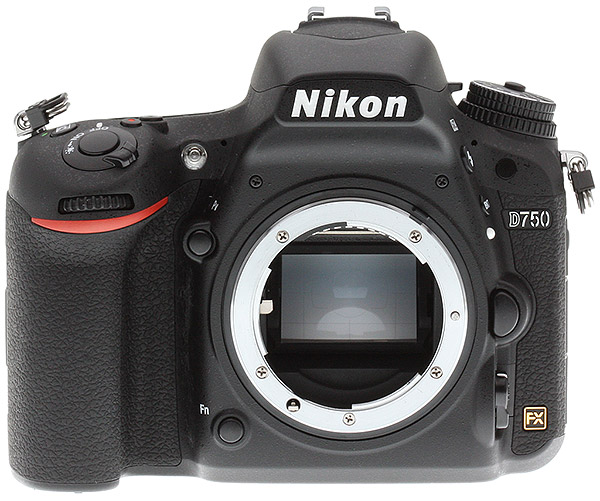
Dan Havlik, senior editor, Digital Photo and Digital Photo Pro: This discussion of "The Last DSLR" reminds me of one of the stranger NDA product meetings I've had. This was back in 2004 at Nikon USA's headquarters on Long Island. We were there, ostensibly, to get a sneak peek at Nikon's forthcoming digital cameras, including a range of Coolpix products. Towards the end of the meeting, after showing us a half dozen or so digital doodads, Nikon's PR rep pulled a Steve Jobs and said he had "One more thing" to present to us. He then put the not-yet-announced Nikon F6 on the table. It would be the last in the line of Nikon's storied F-series professional film SLRs. While 2004 was still (technically) early days for digital cameras, we looked at the F6 as if it were an artifact from a different era. "Why?" one of the other journalists in the room asked, only half jokingly. I forget exactly what the PR rep's response was, but it was something along the lines of, "There are Nikon pros who still shoot film."
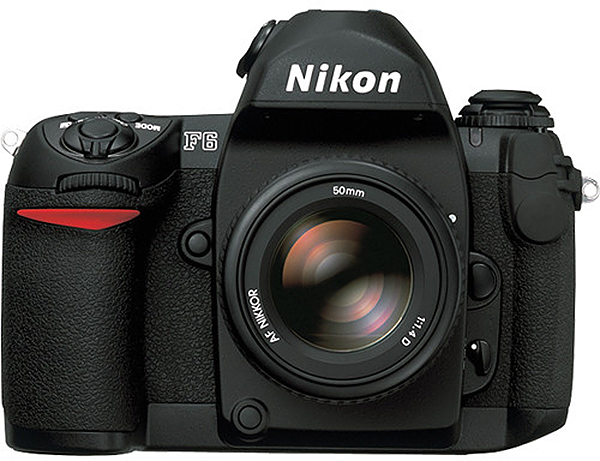
And that's probably as good an argument for why I think DSLRs will continue, in some limited fashion, for at least a few more years now. There are some photographers who still use them and who own many native DSLR lenses. Yes, you can use DSLR lenses on a mirrorless camera with adapters, but some photographers don't want to go that route. There are also some who still prefer optical viewfinders to EVFs and like how larger DSLRs feel in the hand. And, most of all, DSLR still work fine for many photographers. Whether camera manufacturers will continue to make new DSLRs remains to be seen, but I'm guessing they will be much fewer and further between. And I have little doubt that at an NDA meeting in the near future, a PR rep will put a new DSLR in front of us, either across a table or during a Zoom session, and we’ll all wonder, "Why?"
Jeremy Gray, reviews editor, Imaging Resource: Thinking about the "last" DSLR has made me think a lot about my first. In 2006, I got my first-ever camera, a Nikon D80 DSLR with a kit lens. I was 15, and not many memories from that long ago remain fully intact, but I remember everything about the night that I got my D80. I remember the room I was in, the time of day, the weather and the feeling of opening up the large black and yellow box. I remember the colorful marketing photos that adorned the packaging.
I can't tell you about many of the camera's features anymore. My knowledge of its specs starts and ends at its 10.2-megapixel image sensor. However, when I think about the look and feel of the D80, I instantly remember its silver shutter release, the iconic red accent on the chunky front grip and the feel and sound of the camera's many buttons and dials. It felt equal parts overwhelming and exciting.

I only realized years later how much the Nikon D80 informed my idea about what a camera is. For a long time, my idea of a camera was that of a DSLR. A large camera with a big front grip, many dials and buttons and the mechanical thwack when I pressed the shutter release.
Fast forward to 2015. The first camera I reviewed for Imaging Resource was, perhaps unsurprisingly, a DSLR, the Nikon D750. Over time, I've shot with many other types of cameras, including compact all-in-ones (which, like DSLRs, have become less prevalent), mirrorless cameras of all shapes and sizes and even a couple of medium-format camera systems.
I still own DSLRs and use them occasionally, but I've primarily used a mirrorless camera since 2017. Nonetheless, if someone asked me to imagine a camera quickly, my mind would no doubt head straight to where it all began for me, a classic DSLR.
For some photographers, the DSLR era was merely an extended stop on an even longer photography journey. For me, it's where it all began, and I think—hope, really—that it will always be where my mind first wanders to when I think about photography.
The DSLR's time at the top is ending. In many ways, it's already passed. There are not many new DSLRs in the pipeline, if there are any at all. However, I'm confident that many photographers are still getting their start with DSLRs and will continue to do so for years to come. I hope their first camera means as much to them as mine did to me.
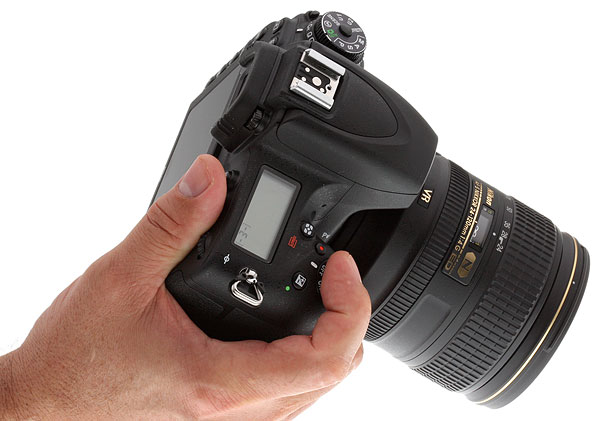
Dave Etchells, founder and editor emeritus, Imaging Resource: I think I have the dubious distinction of being the oldest person associated with Imaging Resource these days, so I spent more time shooting with SLR-style cameras than most current editors have been alive. I was a slow convert to the mirrorless world, mostly for my dislike of early electronic viewfinders. They had a lot of problems, ranging from dim, noisy views in low light to horrible dynamic range in bright daylight to horrendous lag that made it almost impossible to track anything moving faster than a still life. Those issues are distant memories today, though; modern EVFs are better in almost any circumstance than my own eyes looking through an optical viewfinder.
Mirrorless models also badly lagged DSLRs for many years when it came to autofocus performance, but the best current models now do things DSLRs can only dream of (pinpoint-accurate eye-tracking, for example). While some photographers may still prefer optical viewfinders and the heft of a traditional DSLR body, they’ve become a vanishing breed. For my part, I was completely won over to the mirrorless camp years ago.
At the same time, competition in the mirrorless space is fierce, and manufacturers need to pour every last dollar of budget and hour of engineering time into that area. It's hard to imagine a justification for anyone to spend time and effort developing new DSLR models—unless, as in the case of Ricoh/Pentax, they don’t have any products in the mirrorless space.
I do feel a bit nostalgic about SLRs and DSLRs, but even I have to admit that their era is fading.
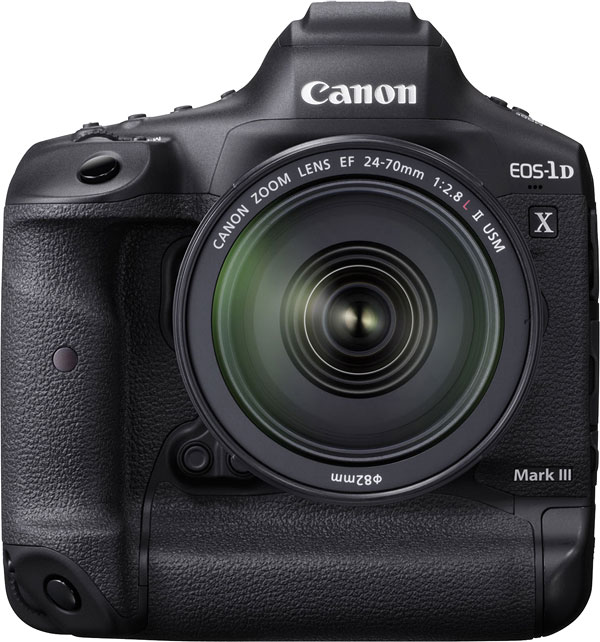
William Brawley, managing editor, Imaging Resource: It's hard to know for sure if we've seen the last new DSLR, but I have to agree with my colleagues here that the "age of the DSLR'' appears to be coming to a close. I do think that both Canon and Nikon, who still have large customer bases of DSLR camera and lens owners, will continue to support their respective DSLR camera platforms for many years to come in some form. Still, I can't see them spending much time or resources developing significantly newer DSLR cameras—especially when a large proportion of Canon and Nikon's DSLR lenses work surprisingly well with adapters on their new mirrorless camera systems.
I've only been a part of this industry for a relatively short time, joining the Imaging Resource team in 2013, but it's pretty amazing to see just how much the digital camera landscape has changed over a relatively brief span. Recent digital cameras, both DSLR and mirrorless, are remarkable pieces of technology, but it seems clear that technological innovations and capabilities have moved beyond what's possible on a DSLR camera with a physical moving mirror. Nowadays, we have mirrorless cameras with high-speed imaging sensors and electronic shutters that allow for 20 to 30 fps continuous shooting (all completely silently, too!), on-sensor phase-detection AF with focus coverage that spans the entire sensor area and high-resolution electronic viewfinders that let you preview exposure and zoom-in to check focus.
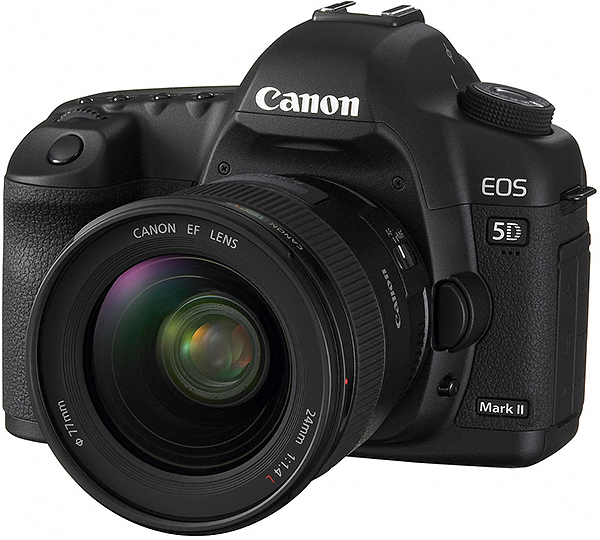
Personally, DSLRs feel outdated now, and I'm not sure if I'm overly nostalgic about them. Maybe slightly. Like my colleague Jeremy, I got my start in photography with a Nikon D80 kit that I purchased during college. It was a fantastic camera for the time and a wonderful learning tool. As he alluded to, the tactile feel of the controls and sensation of the "ka-chunk" of the mirror and shutter actuation feels characteristic of a DSLR camera, and I admit it's quite satisfying.
However, I don't even own any DSLR cameras or lenses anymore, except for one older Olympus Four Thirds telephoto zoom that I have with an MFT adapter. I've fully moved over to mirrorless systems or other non-DSLR digital cameras (i.e., Fujifilm X100). Thinking back, the last DSLR camera I purchased was a Canon EOS 5D Mark II, which ended up serving me well for several years while working in the newspaper world. Now that's a camera I do sometimes regret selling. I shot thousands and thousands of images with that camera, and it did a wonderful job. The 5D Mark II captured some fantastic images, and the camera itself felt great to use.
So maybe I am a little nostalgic for the DSLR after all. They were "the" digital camera for years and years. However, I can't help but be excited to see what the future holds for mirrorless cameras and the photography world at large.
What do you think about the future of DSLRs? Tell us in the comments below.
